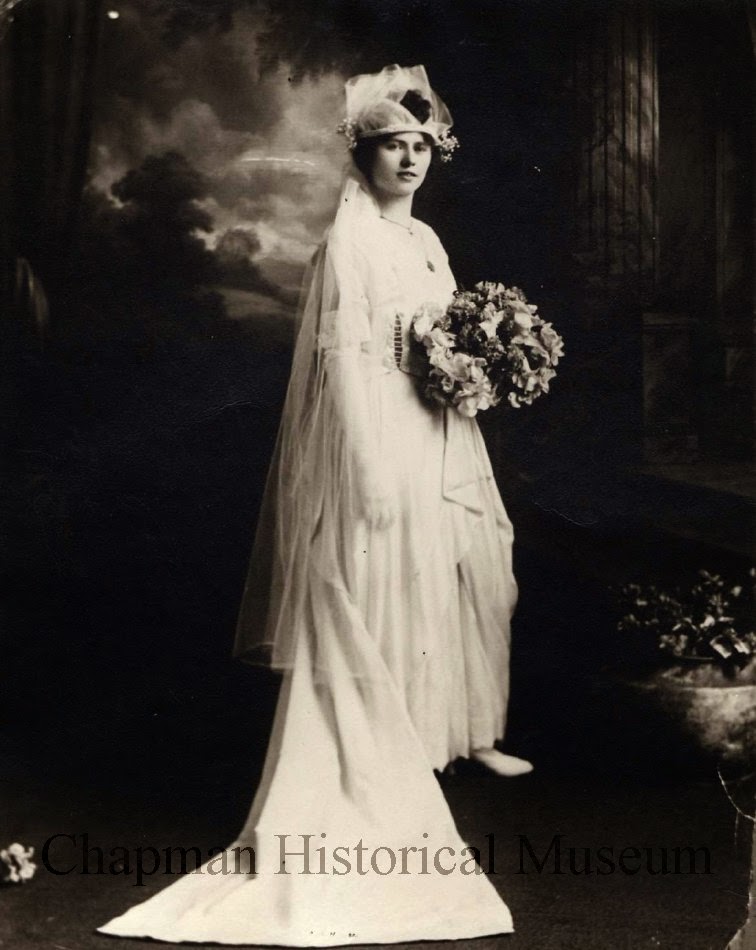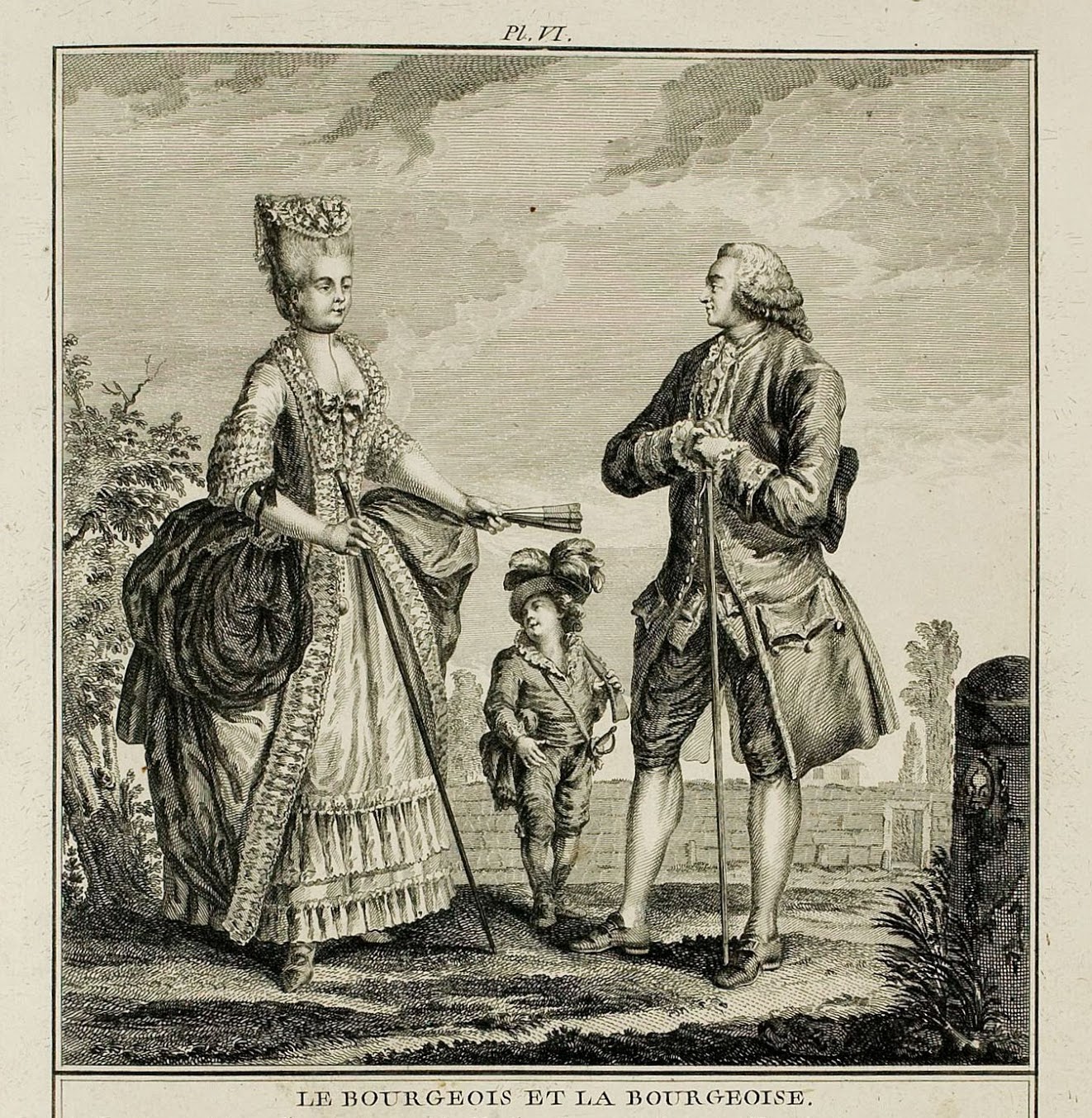Les Costumes François, Plate 8

ARTISANS. THE MASON AND THE LAUNDRESS. By Artisans one means a Class of Men who devote their lives to mechanical Arts; one of the most essential to society is the Mason. He builds our homes and works to shelter us from the bad weather of the seasons; those who prepare our Foodstuffs for us are at least as useful, but there are others who only work to content our luxury, and those, whether the richest, are not the most necessary to an estate. The rank of Artisans in the Civil Order is after the Merchant, their dress hardly distinguishes them from the Bourgeois , they nevertheless prefer strong colors for their suits, such as a Chestnut-colored coat and a red vest. We have represented here the Mason in a worker's dress, he is in a cap, vest, and apron, working to stir his mortar. Among the female Artisans, we have chosen by preference the Laundress. She is represented dressed following the people of her estate, carrying a basket loaded with linens and the beater in her hand....






